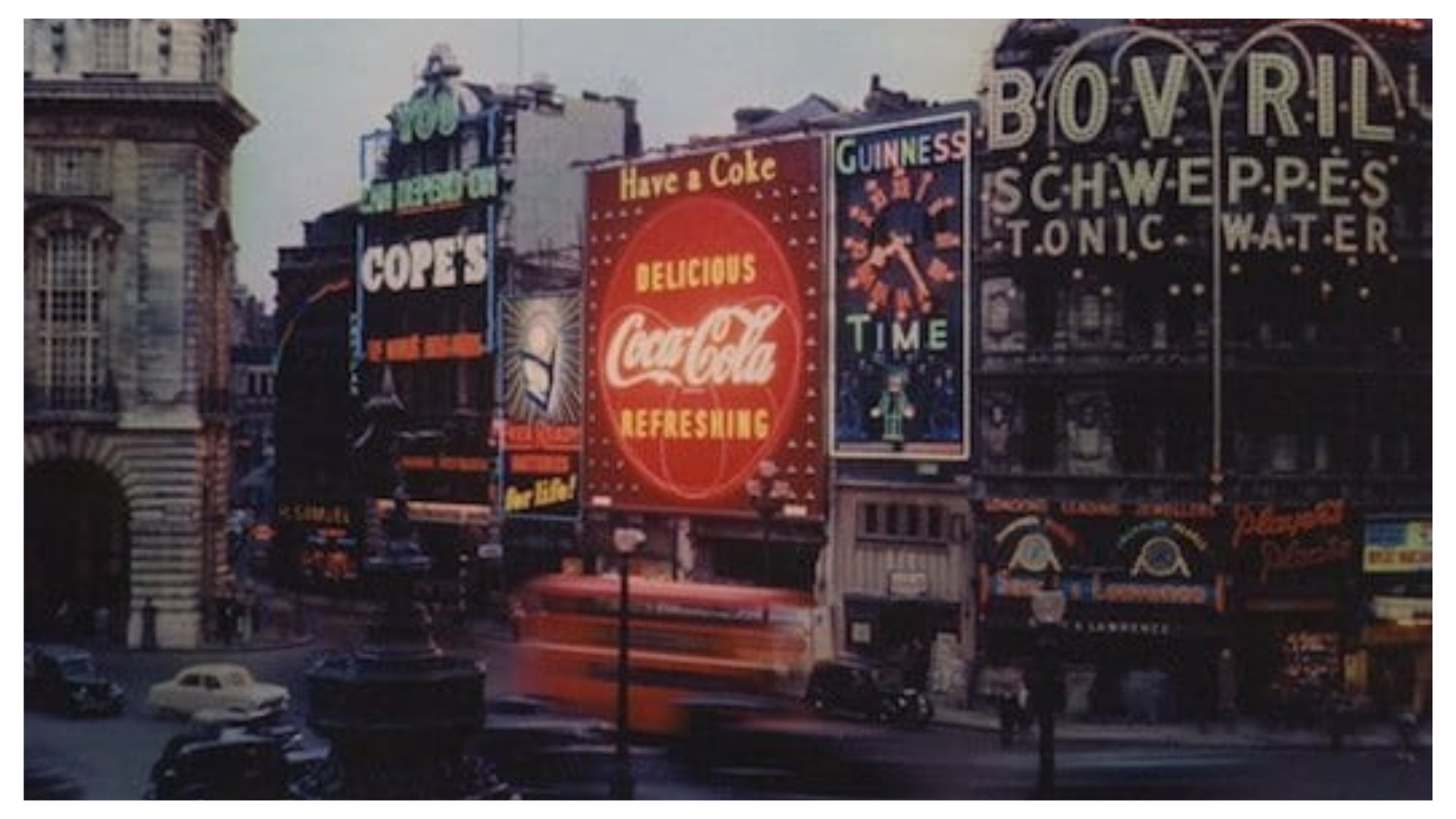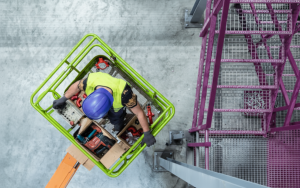
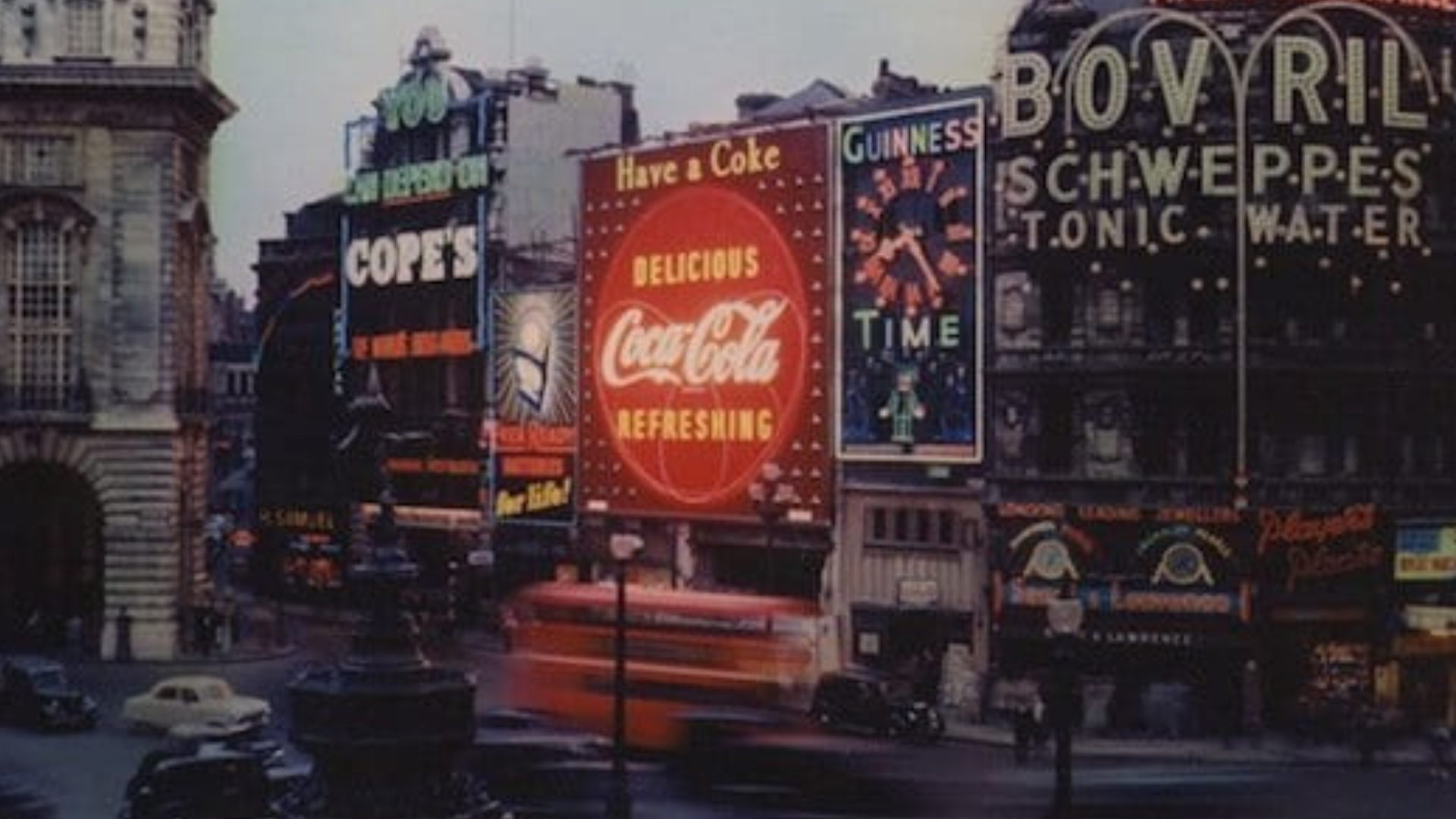
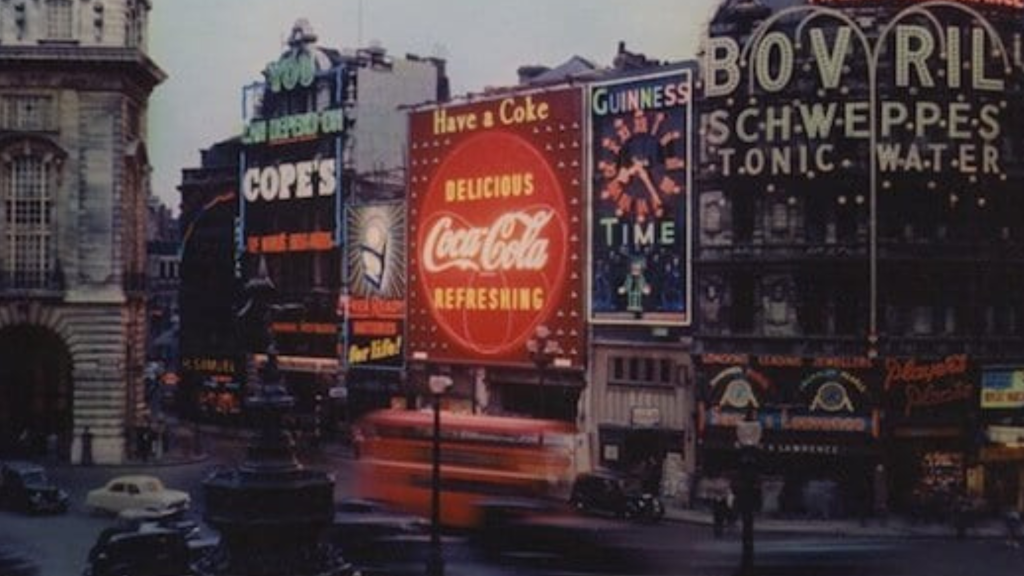
In the world of visual communication, There are certain signs that have transformed their advertising function to become Authentic cultural icons . One of the best examples is the large sign of Coca-Cola in Piccadilly Circus , London, first installed in 1954. Beyond its striking aesthetics, this piece symbolizes a crucial stage in the evolution of the design and manufacture of illuminated signs.
On the occasion of the 125th anniversary of the brand, the Design Museum made public a series of historical photographs that document in great detail the process of creation of this work. This article analyzes each of the stages involved in its development, from the initial design to the complex final installation.
Before making any sign, the first thing is to define what it will look like. The Coca-Cola logo, one of the most recognizable in the world, was created in 1886 by Frank M. Robinson. He chose the "Spencerian Script" typeface, with an elegant and curved stroke with a lot of movement, very popular in commercial documents of that time. That same typography has remained practically the same until today.
For the great London Sign , the designers of the time worked on handmade sketches. They drew the Scale Logo , calculated the size of each letter and planned where the neon tubes and electrical wires would pass. These plans were essential, since without computers, everything had to be done with Manual precision . In addition to graphic design, the Technical aspects : how the sign would be attached, what type of lighting it would use and how it would withstand the London weather.
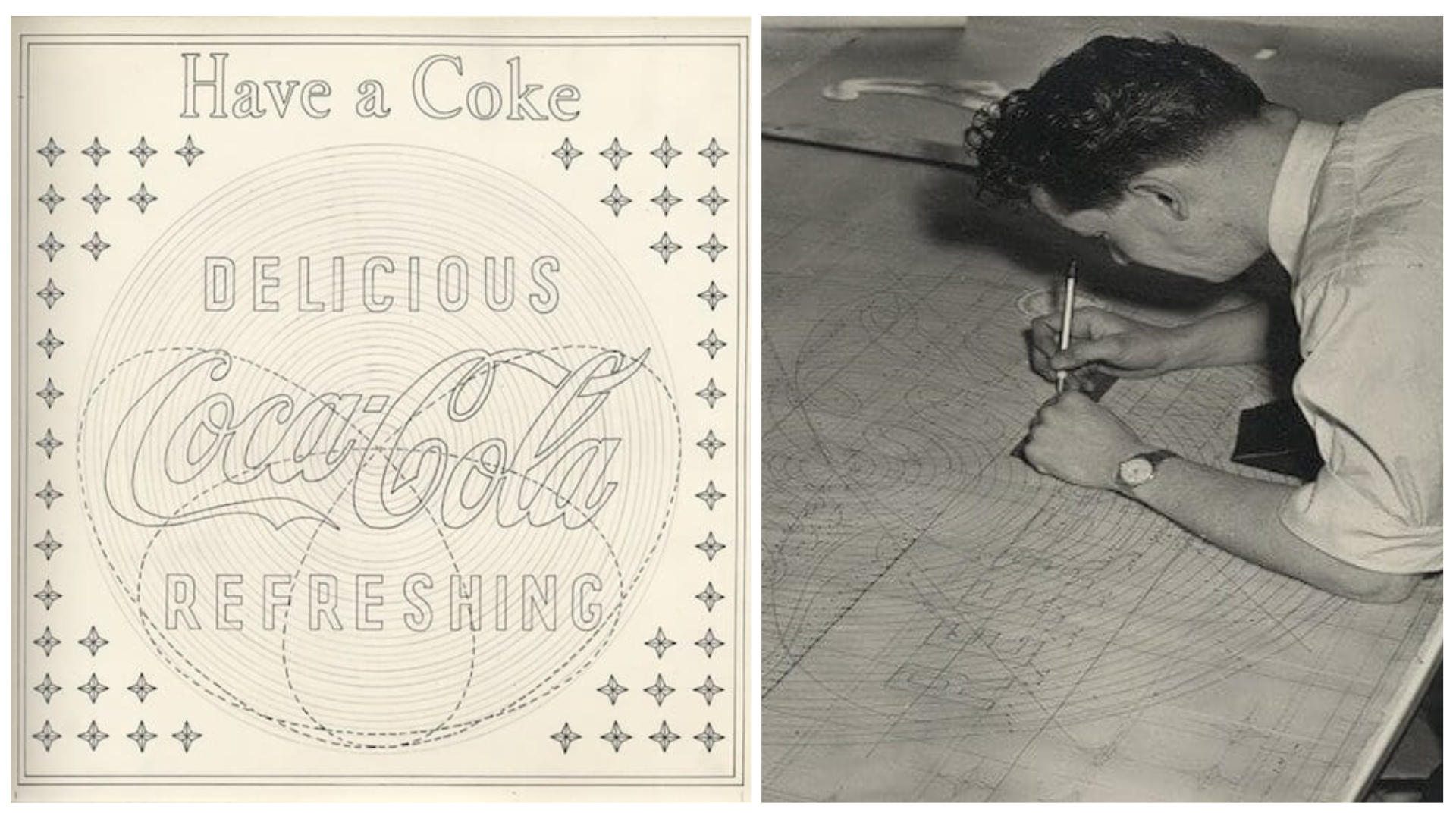
Once the design was clear, the Work in the workshop . Each letter of the sign was constructed with glass tubes which had to be molded by hand with heat. The artisans heated the glass until it was flexible and bent it following the shape of the letters. There was no margin for error: a failure could force a new start .
The tubes were then filled with Neon Gas (or with argon and mercury for other colors). These tubes were connected to Electrical transformers capable of generating high voltages, which when passed through the gas produced the characteristic light of neon.
At the same time, a Metal structure that would serve as a base to sustain the whole. This structure had to support the weight of the sign, protect the electrical components and stand firm against wind and rain. The entire manufacturing required many hours of specialized labor and a huge level of detail.
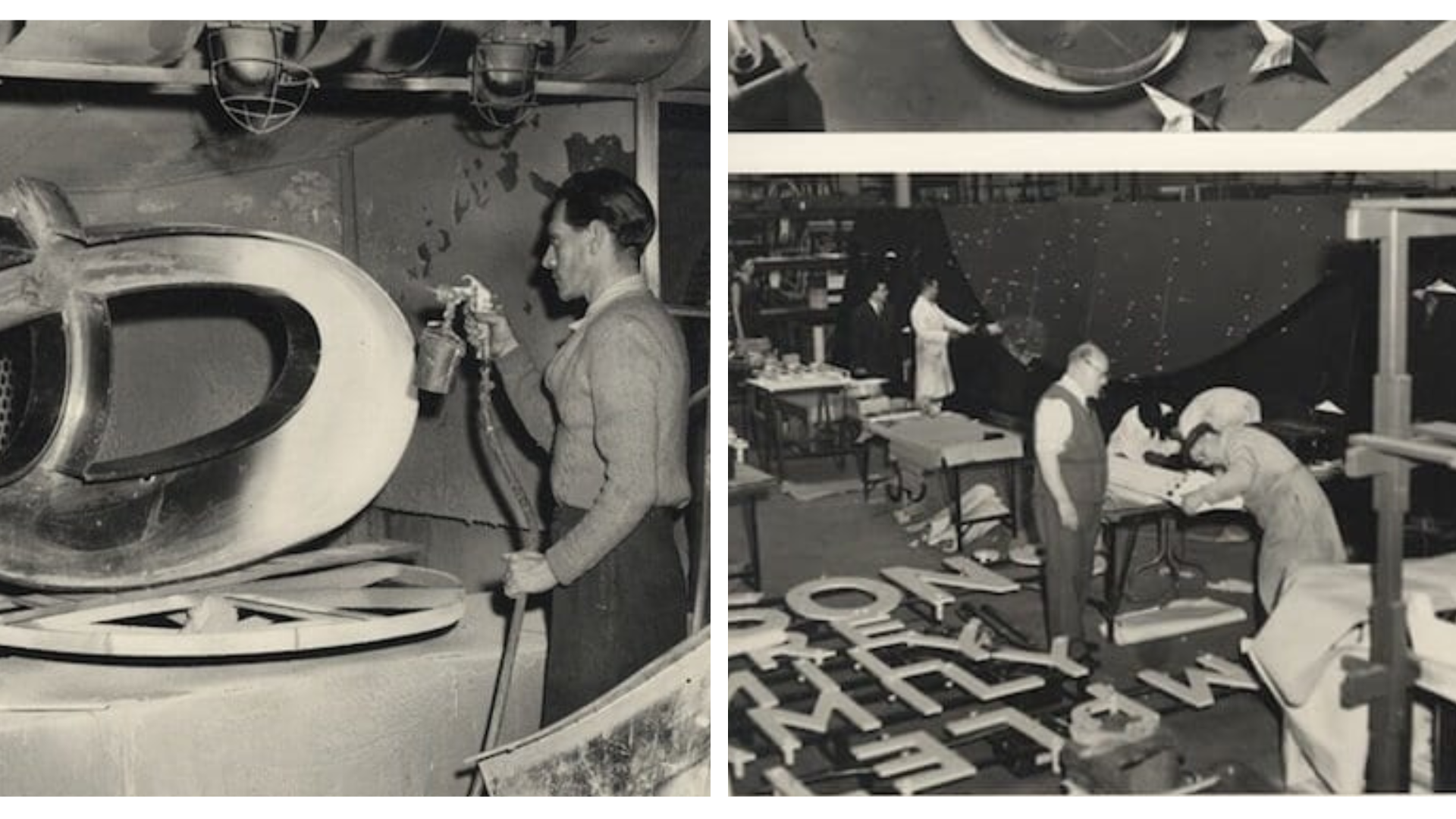
With the label finished, the most delicate part remained: taking it to Piccadilly Circus and install it . In the 50s, there were no lifting platforms or mounting systems that we have today. We worked with scaffolding and cranes , which made the process slower and riskier.
The assembly had to be done in parts. Each section of the sign was placed following the Technical Drawings , ensuring that all letters were well aligned . Then, the Electrical Cables , the neon tubes were tested one by one and the lighting was verified to work evenly.
In addition to the technical challenge, the Visual impact . The angle and height were calculated so that the sign was visible from all points of the square. The installation was not only complex, but also involved a significant logistical deployment. But the end result was spectacular and it quickly became part of the London landscape.
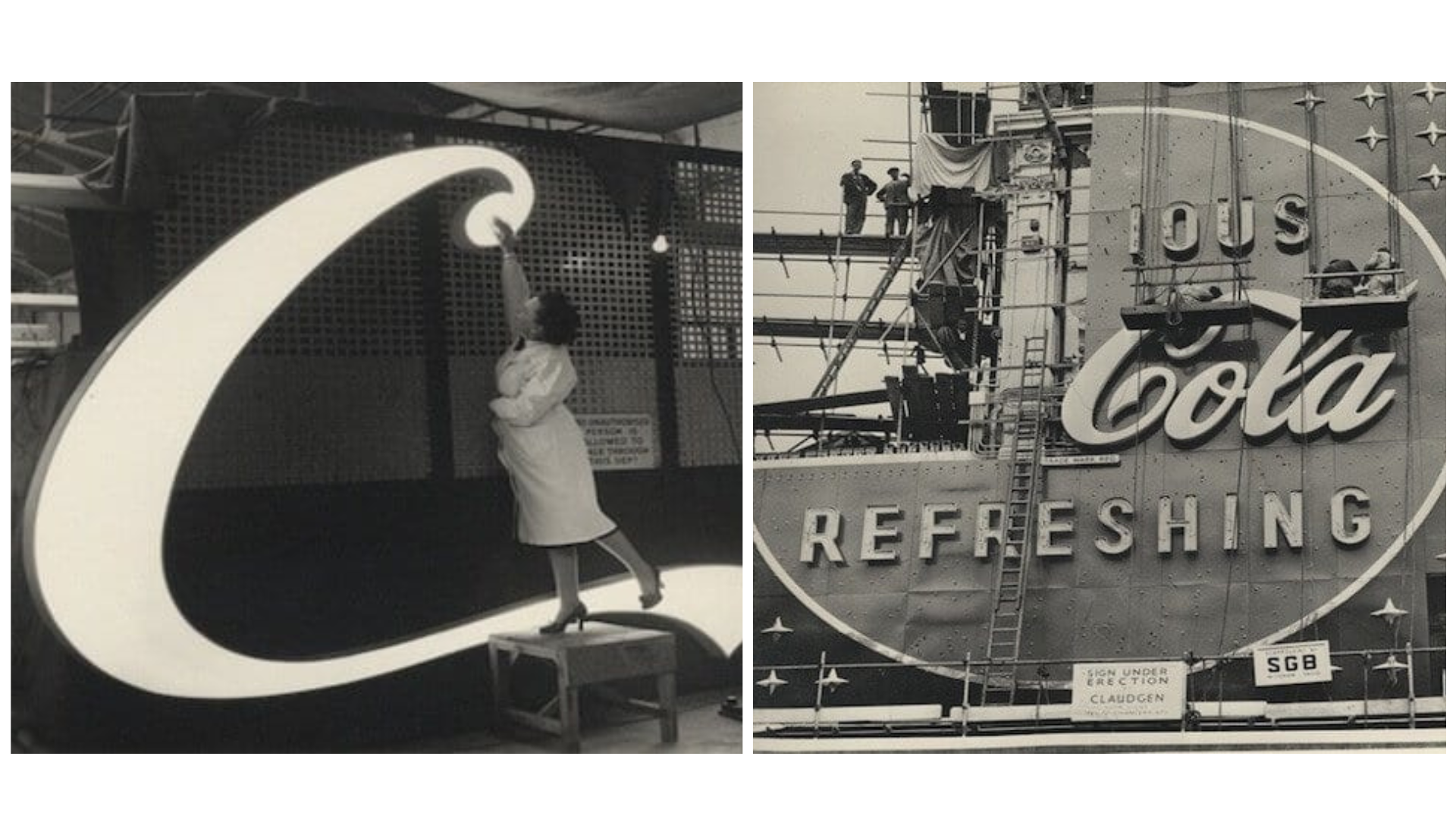
The large Coca-Cola sign in Piccadilly Circus is Much more than a luminous advertisement . It represents a time when advertising he combined design, technique and a lot of artisanal dedication . Its construction required precision in design, skill in manufacturing and complex assembly, all without the help of the technology we take for granted today.
Thanks to the images of the Design Museum , we can see and understand all the effort that went into a sign like this. A work that united Creativity and craft , and which continues to be an example of excellence in the world of signage.
